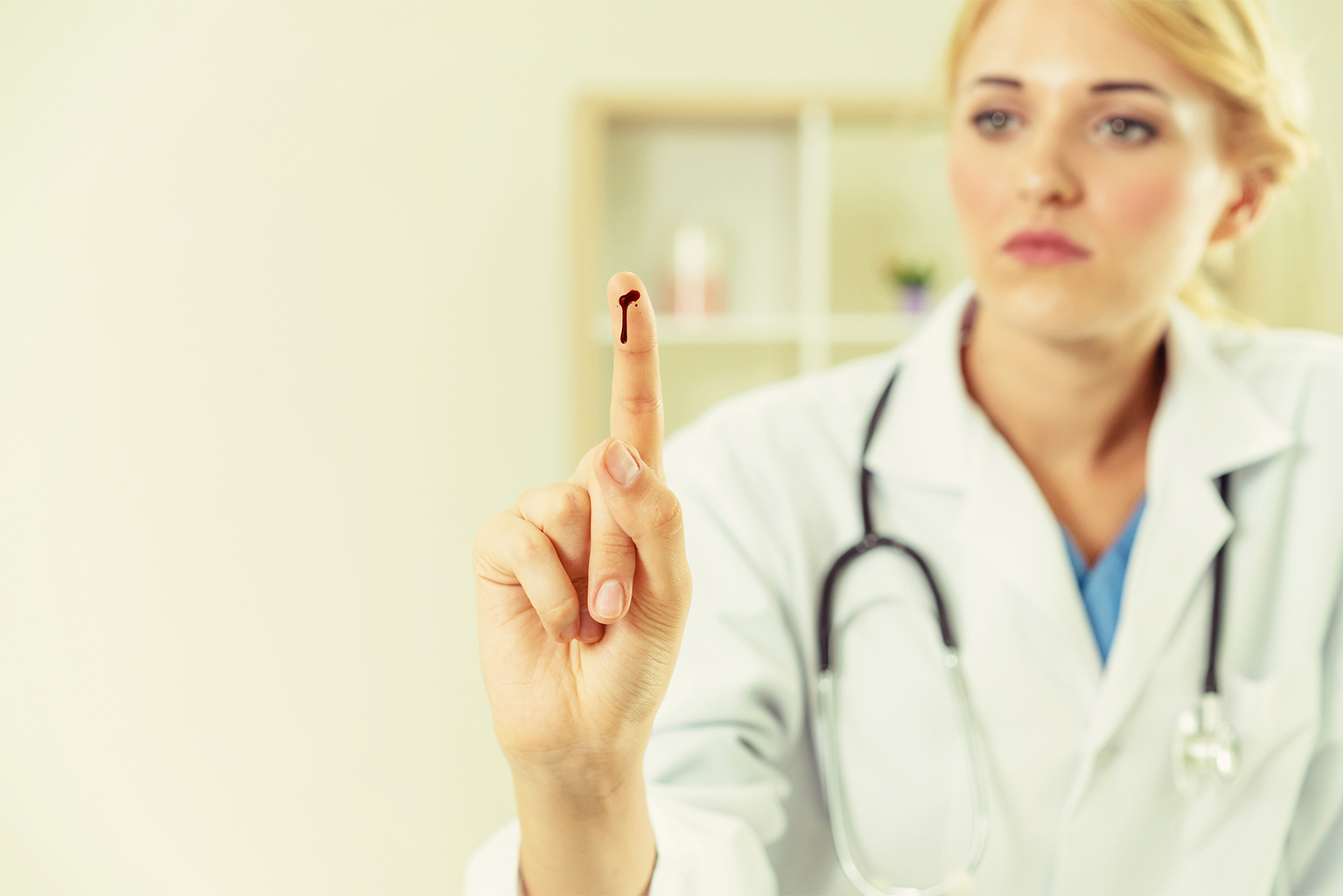

According to a 2019 report, about 57% to 73% of Indian healthcare workers (HCWs) are exposed to the risk of sharps-related injuries such as needlestick injury (NSI). NSIs are a severe health hazard in any healthcare setting. Contact with contaminated needles may expose healthcare workers to infected blood, posing a grave, potentially lethal risk.
Hazards of Needlestick Injuries
Most needlestick injuries involve physicians, nurses, doctors, and laboratory staff. Typically, needlestick injuries result from fatigue, improper equipment, incorrect procedures, limited experience, and stressful work conditions.
NSIs can transmit severe bloodborne pathogens into your bloodstream, which makes it quite dangerous. The list of pathogens includes infamous Hepatitis A and Hepatitis B, and in some unfortunate cases, it can also lead to HIV.
But it’s not limited to these. NSIs can also transmit other pernicious bacteria, viruses, and fungi, which can lead to:
- Blastomycosis
- Brucellosis
- Cryptococcosis
- Diphtheria
- Cutaneous gonorrhoea
- Herpes
- Malaria
- Mycobacteriosis
- Rocky Mountain spotted fever
- Sporotrichosis
- Staphylococcus aureus
- Streptococcus pyogenes
- Syphilis
- Toxoplasmosis
- Tuberculosis
Also, trivialisation is another reason why many healthcare workers fall victim to needlestick injuries. Many HCWs don’t report the injury or try to treat it themselves. However, workers must report the injury right away and submit it to laboratory tests. Early remedies can prevent these complications related to NSIs.
What to do If You’ve Had a Needlestick Injury?
If you have accidentally punctured yourself with a used needle:
- Hold the wound under running water, as it will encourage it to bleed. Using soap is also recommended
- Do not suck the wound
- Do not scrub the wound while you’re rinsing it
- Once you have washed the wound, cover it with a waterproof dressing or plaster
How to Prevent Needlestick Injuries?
To prevent NSIs and all the risks that follow, you should:
- Avoid using needles when an alternate method is available
- Avoid bending the needle after use
- Prepare for safe disposal and handling of the needle before use
- Get training in a prevention programme
If you’re an employer, you should eliminate the use of needles whenever an effective and safe alternative is available. Also, you can establish an awareness and training programme to help your employees safely react to NSIs. Most importantly, provide your workers with devices that have additional safety features to minimise the risk of NSIs.
HMD’s Dispojekt Sharps Injury Prevention (SIP) Needles – An Adequate Measure against NSIs
If you’re looking for a safety needle that significantly diminishes the risk of NSIs, HMD’s Dispojekt SIP is the right choice.
Many NSIs take place because HSWs bend the needles to prevent reuse. The Dispojekt safety needle comes with a locking mechanism, wherein you press the needle against a flat surface to lock it. Once it’s locked, it can’t be reused.
Also, when pressing the needle, your fingers don’t come into with the needle as Dispojekt SIP comes with a hinged cap, which workers can easily handle with single-handedly. You can just push the cap back on while pressing it and your fingers will be safe from accidental pricks. Healthcare workers don’t have to undergo additional training to operate it, as well.
Moreover, the needle is manufactured using top-of-the-line materials. Therefore, you don’t have to worry about its durability. The needle is also siliconized causes minimal trauma to the patient while injecting and extraction. You can learn more about Dispojekt safety needles here.
Conclusion
Needlestick injuries are undoubtedly a serious issue that can lead to many harmful, sometimes fatal diseases among healthcare workers. However, with proper precaution, awareness, and training, one can minimise or eliminate the risks associated with NSIs. Also, if you’re an employer, it’s best to switch to Dispojekt SIP, which keeps the healthcare worker safe.

Add Comment